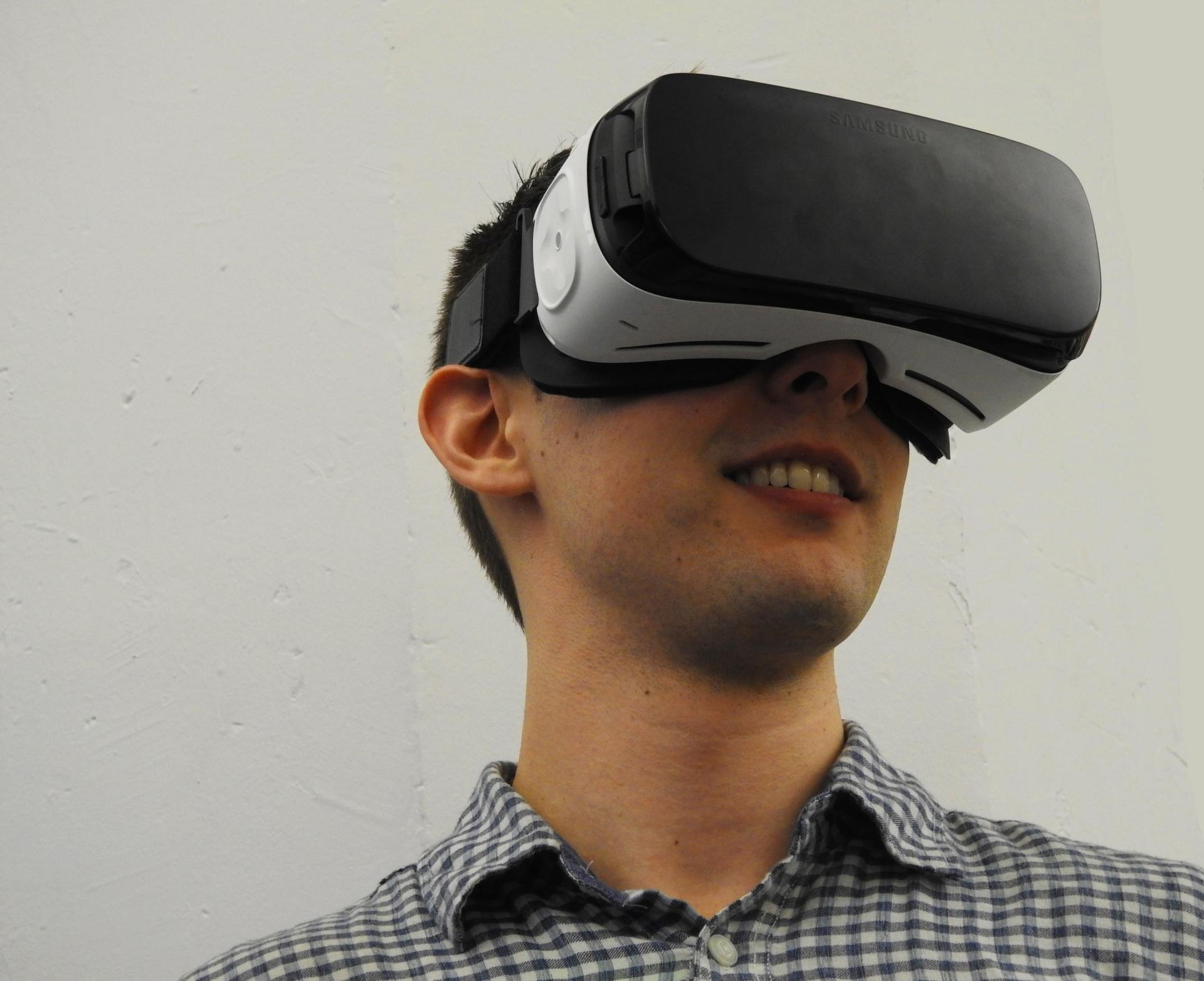Experiential Holograms are repeating themes in relationships.
They are formed by experiences and become the lens through which you
anticipate, perceive, interpret, and respond to others.
Attachment
We learn about relationships from the moment we are born. The infant-caretaker bond can set the stage for future attachments with others. Does the infant feel loved, safe, and attended to? These good feelings become internalized as feeling secure. This learning continues as a toddler and through early childhood. If the child feels safe enough, he/she will explore the world and exercise autonomy. If afraid, he/she can return to the caretaker as the safe haven for a dose of love and safety.
There are four main factors to secure attachment:
feeling loved, safe, free to explore, and have a sense of healthy boundaries.
This is the ideal situation, and assumes the caretaker is also secure. Unfortunately, far too often, caretakers are adults who have their own unmet needs, may be preoccupied, stressed, have poor boundaries, and at worse, are abusive. The child must navigate how to meet their own needs. They may learn to attend to their caretaker or disengage and withdraw. Children internalize their experience and believe that what happens to them must be about them. “I must not be good enough” or somehow, “I must be to blame for how others treat me.”
Attachment can also change over time though adulthood in a good or poor way. A traumatic interpersonal event, such as sexual assault, can disrupt a good attachment or reinforce a poor attachment. So regardless of childhood, a traumatic event can make someone feel insecure. This may include feeling unsafe, unable to trust others, blaming oneself, and feeling alone. Some may opt to avoid relationships completely, while others seek relationships in the hope for healing.
Relationship Patterns
Take a look at the patterns in your relationships. What traits are you attracted to? What traits do you strongly dislike? How do you feel at the end of your relationships? Do you notice any themes? Then, ask yourself, is this pattern similar to how I felt in childhood? Or is it similar to what I observed in my parents’ relationship?
For example, Mary has a pattern of seeking relationships with confident, successful, and athletic men. However, they tend to turn out to be bossy, dominate, and selfish. She tries to please them and make them happy, but ends up feeling used and ignored. Mary has a pattern of emotional neglect in her relationships.
When she looks back at her childhood, she can see that she grew up with inattentive parents. Her parents were young when she was born and preoccupied with their careers. Mary spent a lot of time alone or with babysitters. She admired her parents for being successful but inside she felt lonely.
Experiential Holograms
- These patterns are called experiential holograms because they are formed from experiences and feel so real, like living in a hologram.
- It becomes the lens that filters your perceptions and thus, your experiences with others.
- It is sometimes subtle and other times overt. You may be responding to the current situation, or your perception of the current situation, but it may also be intensified because of your past.
Imagine a string of lights. The lights are events and the string is a particular emotion. When that emotion is activated, it plugs in the entire string and the memories of all the lights along the string are activated. Your response in the current situation is actually a response
to all of the lights along the string.
This is how the brain organizes emotional information.
When you have trauma, your brain forms a neural network to be able to quickly identify, and mobilize resources for protection.
Sometimes, this is too efficient and you are mobilizing to things that may feel potentially dangerous (e.g., "what if thinking")
when there really isn't any threat or danger at all.
Common Experiential Holograms
Neglect
If you have a Neglect hologram for example, you may be likely to want to please others, attend to their needs, and be very attentive to others, even if others don’t attend to you, and even to the neglect of your own needs, time, resources, etc. Why? because of the neglect that you have experienced in the past, you are hoping that if you attend to others, they will also attend to you. When this is not reciprocated, you may try harder to please. To protect against feeling hurt, those with this type of hologram tend to deny other’s efforts to attend to them. They are chronic givers and have a hard time receiving. They will give to exhaustion, until they feel drained.
Criticism/Rejection
If you have a Criticism/Rejection hologram, invariably you will worry that you are not good enough and strive for perfection. Although you may be a high achiever, you may always worry about failure. You may compare yourself to others, and harshly judge them but even more so, harshly judge yourself. Those who have this type of hologram become their own worst critic and may feel chronic anxiety.
Betrayal
If you have a Betrayal hologram, you have been hurt by someone that you once trusted. This could be a broken promise, infidelity, lying, being misled, tricked, or somehow duped. You may have believed this person cared about you and assumed they would treat you a certain way. When they disrespect you, and care about themselves at your expense, you feel betrayed. It is normal to feel angry and vow never to trust again. But worse of all, you learn to doubt your ability to trust yourself.


